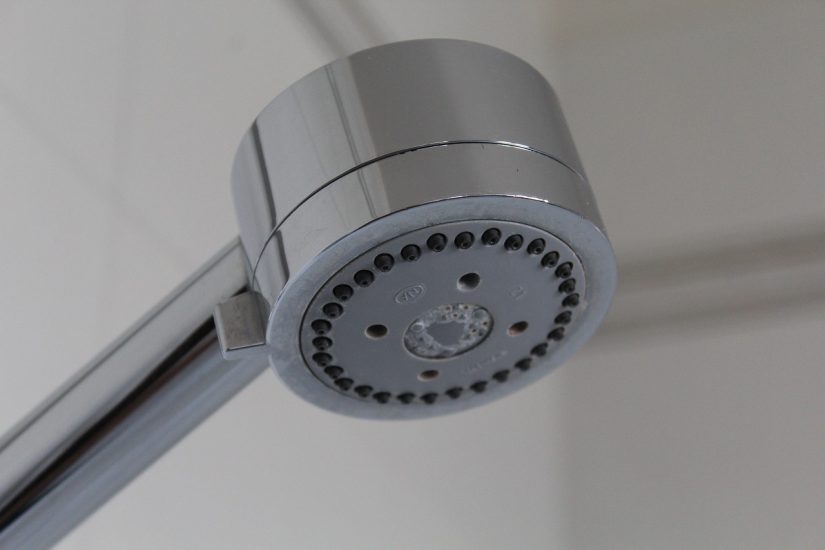This section deals with emergency showers. For general information on drench showers, eyewash stations, facewash stations and wash stations, please refer to the subject section in our website.
It is strongly recommended that companies dealing with hazardous materials equip their facilities with emergency showers in case of an accident requiring workers to quickly rinse their eyes, face or body.
Emergency showers come in various models. Choosing the right shower depends on several factors:
- The workplace temperature (above or below the freezing point);
- The presence of acid vapor in the workplace, which could damage emergency showers on the long-term;
- The location of hazardous materials;
- Exposure to hazardous materials in the workplace.
Considering these aspects will help you select the proper emergency shower that best meets your needs. Key models are:
- Combination shower and eyewash station;
- Combination shower, facewash and eyewash station;
- Combination shower and facewash for cold locations;
- Corrosion-resistant emergency showers.
Several institutions and worplaces are equipped with emergency showers.
All emergency showers must be well identified, easy to locate and adequately lit. They must be installed so as to be accessible in less than 10 seconds, which corresponds to a distance of 15 to 30 meters (50 to 100 feet).
As for sites using hazardous chemicals, emergency showers must be located near areas where people manipulate the chemicals. It should be noted that appropriate drainage should be provided. Contaminated water from emergency showers must be evacuated in compliance with local regulations.
All types of emergency showers should have a tempered water supply to avoid triggering chemical reactions that could damage skin tissue. In addition, frost-proof fixtures are required if the temperature could drop below the freezing point.
Please refer to the drench showers and wash stations section for details on water temperature and pressure.
As for maintenance, run emergency showers weekly to ensure they work properly and drain the stagnant water from the pipes. Stagnant water becomes contaminated by steel particles and other mineral deposits.
Run the water long enough to thoroughly rinse the pipes and obtain clean water. In doing so, check for possible leaks or other obstructions.
Replace parts as needed or contact the manufacturer if the emergency shower equipment is not working properly.
Emergency showers can also be equipped with special alarms, especially if they are installed in remote areas. Alarms come in handy if you wish to be notified when a shower is triggered.
In addition, emergency showers can be equipped with privacy curtains when workers must undress.
Finally, we also offer inspection services for emergency showers, which can also be combined with other types of safety equipment inspections.

